Note Entries
Polynomial End Behavior

Predict the long-term behavior of polynomial functions without graphing:
- Analyze leading coefficient and degree
- Determine behavior as x approaches ±∞
- Understand even vs. odd degree patterns
- Interactive behavior predictor tool
Polynomial Graph Concepts
Core concepts for polynomial graphs and equations:
- Finding intersection points
- Solving factorable equations
- Finding x-intercepts
- Graph behavior & degree
Synthetic Division
Fast method for dividing polynomials by linear factors:
- Quick polynomial division by $x - c$
- Step-by-step coefficient operations
- Find polynomial zeros and factors
- Worked examples with practice problems
Polynomial Study Guide
Comprehensive reference for all polynomial concepts:
- Synthetic division and factoring methods
- Finding roots and constant terms
- Solving equations in factored form
- End behavior and graphing techniques
Trigonometric Functions

In the unit circle, we can visualize the relationship between sine and cosine functions. For any angle θ:
- sin(θ) represents the y-coordinate
- cos(θ) represents the x-coordinate
- The fundamental identity sin²(θ) + cos²(θ) = 1
SOH CAH TOA

SOH CAH TOA is a mnemonic device to remember the trigonometric ratios for right triangles:
- SOH: Sine = Opposite / Hypotenuse
- CAH: Cosine = Adjacent / Hypotenuse
- TOA: Tangent = Opposite / Adjacent
Area of Triangles
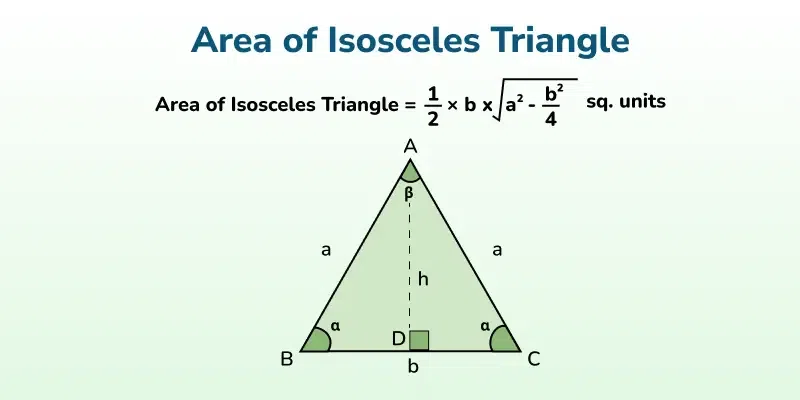
Learn different methods to calculate the area of triangles, including:
- Standard formula: A = ½ × base × height
- Area of right-angled triangles
- Area of equilateral triangles
- Heron's formula for any triangle
Solids of Rotation
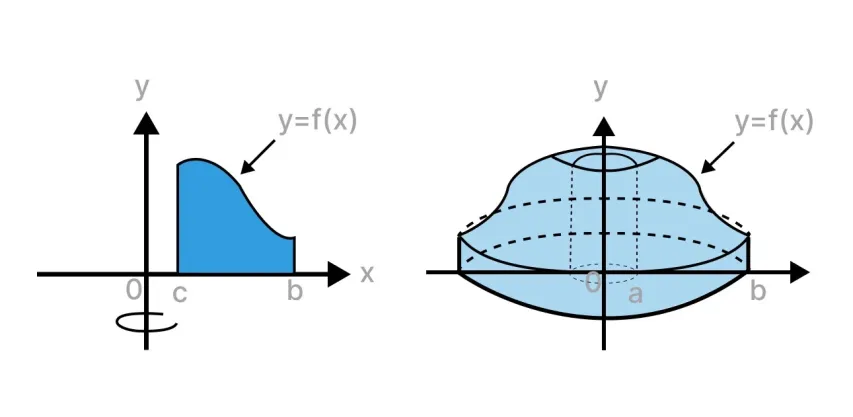
Learn how two-dimensional shapes can be rotated around an axis to create three-dimensional objects:
- Understand the concept of solids of rotation
- Explore common shapes like cylinders, cones
- Learn volume formulas for various solids
- See how calculus is applied
Geometric Dilations
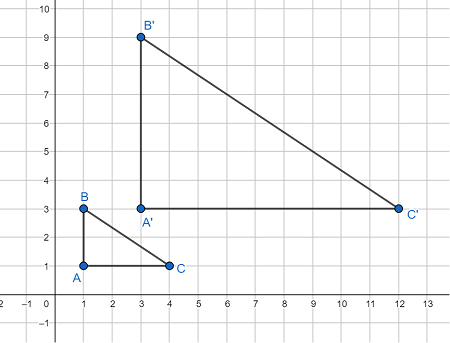
Master geometric transformations that change size while preserving shape:
- Understand scale factors and centers of dilation
- Calculate area changes with k² scaling
- Determine scale factors from given areas
- Apply dilations to solve real-world problems
Density and Volume
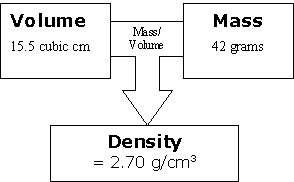
Explore the fundamental relationship between mass, volume, and density:
- Master the density formula: Density = Mass/Volume
- Convert between different units (g/cm³, kg/m³)
- Calculate any variable when given the other two
- Apply density concepts to real-world problems
Volume Calculations
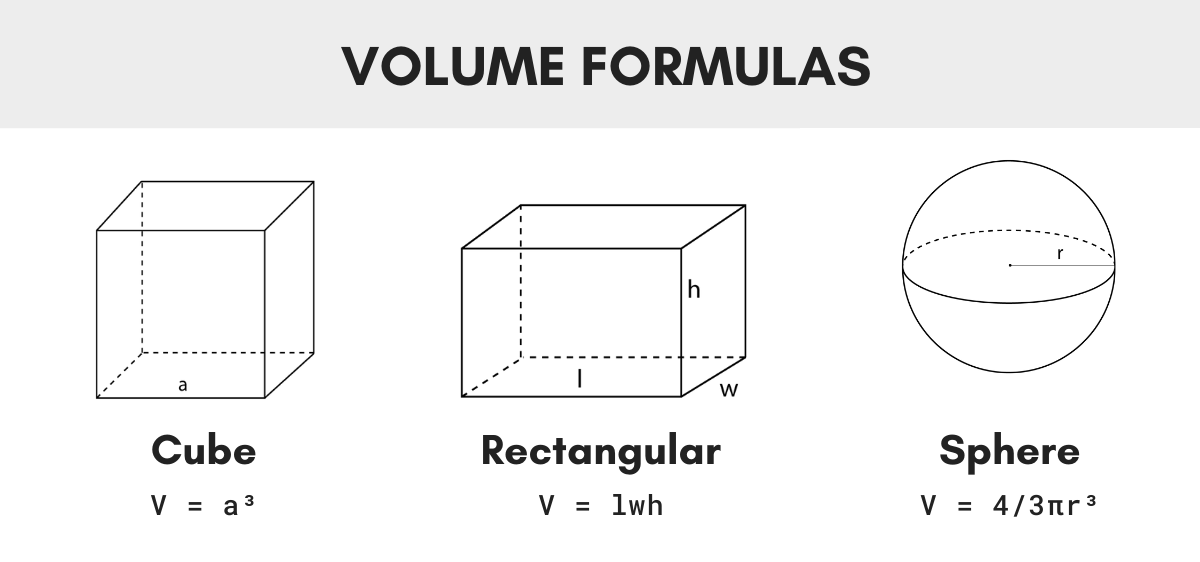
Calculate volumes of various three-dimensional geometric solids:
- Cylinders: V = πr²h or V = B×h
- Cones: V = (1/3)πr²h
- Pyramids: V = (1/3)×BaseArea×h
- Prisms: V = BaseArea×h